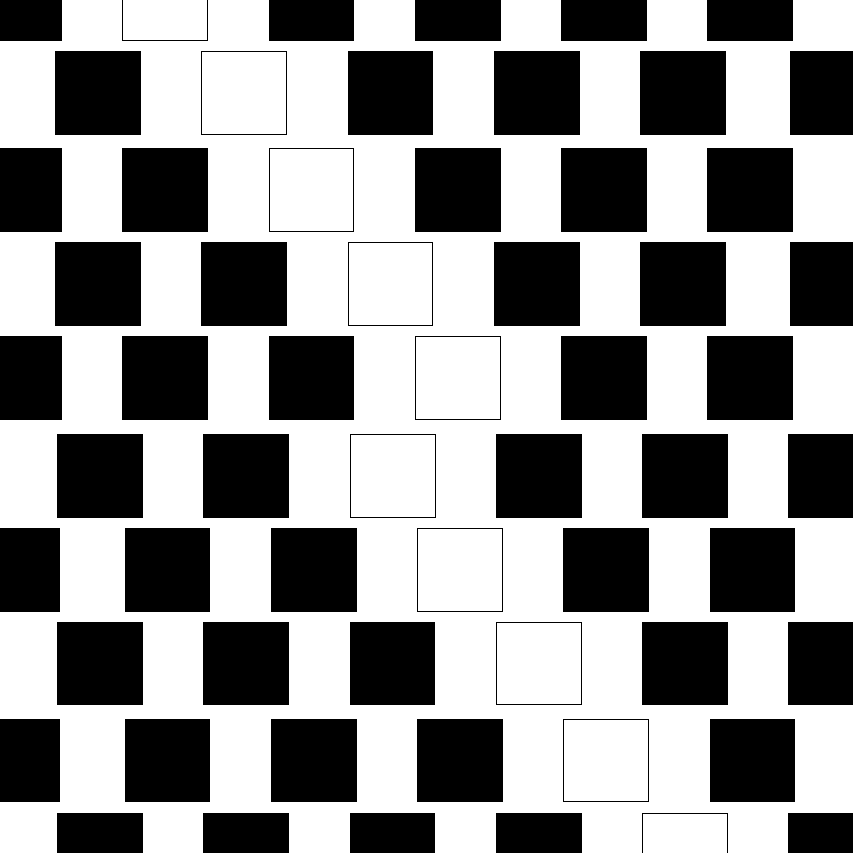- Home
- Simplicity
- Simplify & Amplify
Simplify & Amplify
Through simplicity of design, we amplify clarity and cut through the noise. From design to content strategy, with specific attention to the web, minimalism has taken precedence.
Information that is straightforward, paired with simple design, can prove to be more valuable than designs filled with unnecessary intricacies. The ideal user will respond to a minimalist approach, intuitively absorbing the visual, and become immersed in what truly matters: the information.
Simplicity is not a mathematical equation and does not have one right answer. Perhaps the subjective nature of what should seem so cut and dry, is such acontested debate. There is an elegance and refinement to a minimalistic approach that is seemingly black and white, but it can be achieved by taking several different pathways – even multiple times – to get it right.
One thing is certain, once the path of minimalism is chosen, a strategy must be built. Whether approaching minimalism for the purpose of aesthetics or usability, impactful simplicity requires a great deal of forethought and planning to effectively reap the benefits of this pared down methodology.
There is an elegance and refinement to a minimalistic approach, but it is not achieved without a strategic pathway. Understanding the reasoning of minimalism – both functional and aesthetic – is the initial element in constructing the key techniques to develop and design with: Usability, Approachability, Cognition, Relevancy and Immediacy. Developing a design for these five pillars of minimalistic reasoning, a creative bridge can be constructed to uncover the core elements of powerful branding and communication through a purposeful approach.
Motivators are a significant driver of simplicity. Benefits are a clear catalyst to choose this methodology ranging from improved legibility of design, the creation of perceived expertise and the fostering of a true connection made at a faster pace. By learning the motivators through the reasoning behind a simple approach to design, the big question emerges: how can designers go about distilling down the essence of complexity to an elegant and powerful design without veering too far off course and peeling away valuable layers of information.
There are a select group of primary guidelines to follow – and when applied, the resonant effects of simplicity can begin to take shape. The right techniques must be developed deliver effective on-point messaging that results in sustained conversion. Beginning with deduction, anything that is superfluous should be removed. This is demonstrated by looking at simple products or interfaces – they tend to be more powerful than “easy to use”, dumbed down, gimmicky messages. Through the use of deductive elements, points can be made clearer – faster – and an opinion can be formed, creating an instant connection for the user.
All necessary aspects should be arranged so that the essential ‘toolbox’ is at the user’s fingertips with anything else hidden in plain sight (i.e. they can find it if they look). In analyzing the current communication platforms, delivery of information in a clear and concise manner is of critical importance.
The details still matter, and even more so due to a consumer base that is highly studied and to an extent, at capacity – only desiring the information that they need to accomplish their purpose. This is where consistency and regularization come into play. The implementation of simplified contours, a core color palette and limited typography is paramount to the success of user experience.
Projects that begin with mass amounts of information, must not be out of the running for a minimalistic approach. Simplicity is, at times, met by fear due to the fact that content could be missing, users may not fully understand the message and a conversion might not be made. To effectively deliver a minimal interface the work must be done to edit and sharpen assets, reducing information to the ‘essence’.
Both user and maker demand the perfect balance of beautiful, relatable, customizable, functional and legible. All of the parts and pieces that are built from the complex beginnings must add up to this sum, delivering a simple yet resonant call to action.
This call to action is necessary to create a user pathway to navigate the chaos of a constant information stream. We can all recognize that the current and longtime climate of complexity is building by the day. Beyond design, branding and marketing, there is a yearning for the elusive balance of all things. It should be a simple prospect – just by avoiding complexity, we obtain simplicity. This, however, is not the case, and the complex parts must come together, be decoded and deliver a resulting product that is reflective on the brand and organization.
Along with this need for balance, we observe a conflicted relationship with technology. It’s simplicity that we yearn for, that needs to be balanced with the connectivity and scalability of modern technology (eg. the Internet of Things, IoT). This tension between complexity and ease of use is where a process of information decoding can take place.
The pursuit is not without merit, though the information must be translated to transform to the minimal. This dissonance, brought about by the constant surrounding noise, is also where the wealth of ideas, concepts and ultimately, creative exchange begin to emerge.
Through this process, we begin to see that order needs chaos to survive. In following the course from chaos to order, it’s clear that the more volume of ideas at the onset, the more likely a truly innovative breakthrough can occur.
Photo by Alex Andrews from Pexels
Next Item
From Chaos to Order

Related Articles
Lifecycle of an Idea
September 4, 2015
Building Infrastructure
September 3, 2015
Cognitive Fluency
September 2, 2015


